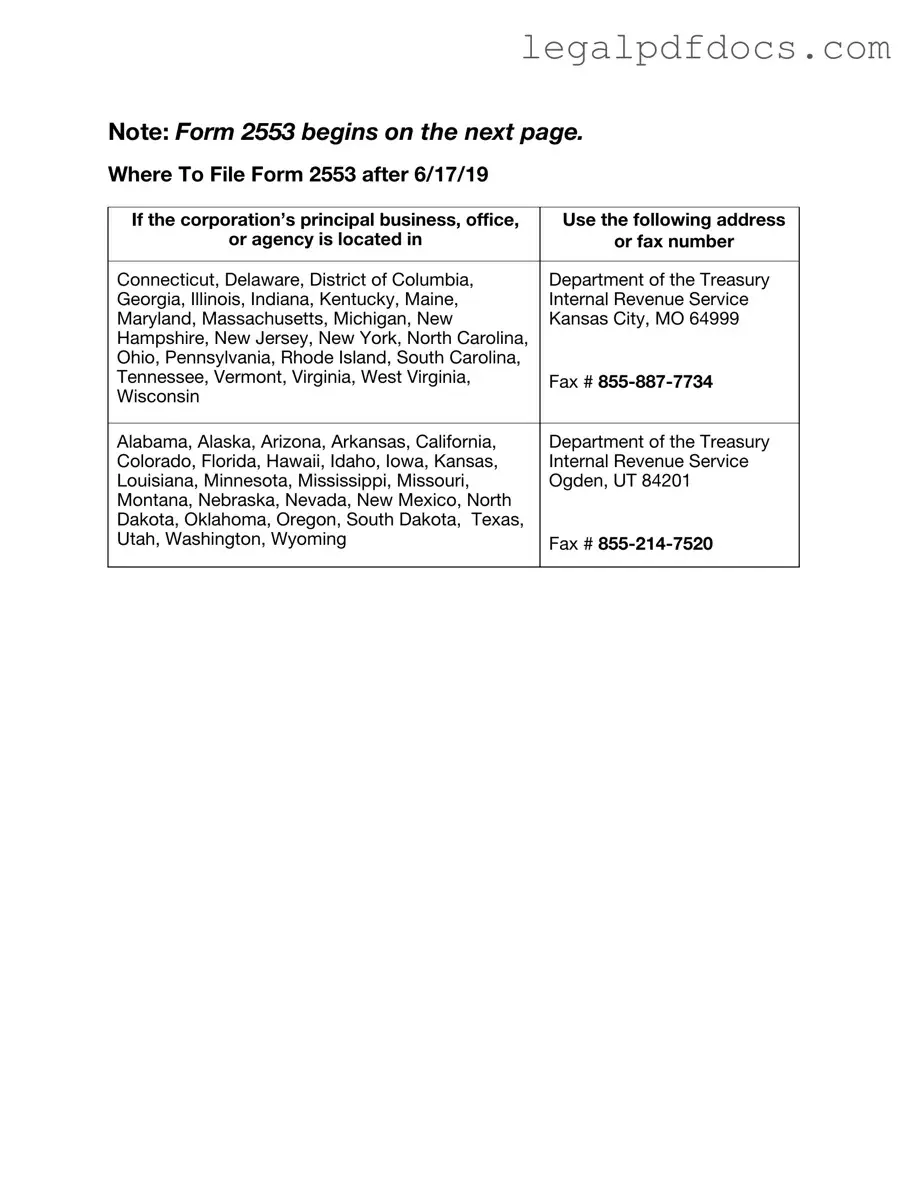Fill Out a Valid IRS 2553 Template
The IRS 2553 form is a crucial document that allows eligible small businesses to elect S corporation status for tax purposes. This election can provide significant tax benefits, including avoiding double taxation on corporate income. Understanding how to fill out this form accurately is essential for business owners looking to optimize their tax situation.
Ready to take the next step? Fill out the form by clicking the button below.
Open IRS 2553 Editor Here
